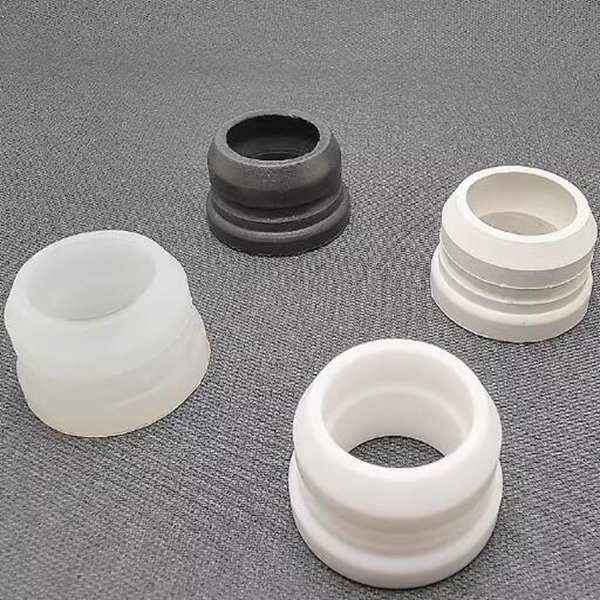LinkGlass
PTFE polytetrafluoroethylene gasket for tube liquid level gauge
PTFE polytetrafluoroethylene gasket for tube liquid level gauge
Couldn't load pickup availability
PTFE Polytetrafluoroethylene Gasket: The Ultimate Solution for Tube Liquid Level Gauges
The PTFE polytetrafluoroethylene gasket is an essential component for ensuring the reliable operation of tube liquid level gauges. Known for its remarkable chemical resistance and durability, PTFE gaskets excel in a variety of applications, particularly where high temperatures and aggressive substances are involved. This material, polytetrafluoroethylene, was first discovered in 1938 and has since become a staple in sealing solutions due to its unique properties that include low friction and non-stick characteristics.
In industrial applications, the choice of gaskets can significantly affect the performance and safety of equipment. The PTFE polytetrafluoroethylene gasket is no exception, offering superior sealing against leaks, even when dealing with harsh chemicals and elevated pressures. These gaskets are widely used in fields such as pharmaceuticals, chemical processing, food and beverage, and power generation.
One of the primary benefits of the PTFE polytetrafluoroethylene gasket is its temperature resistance. It can withstand a wide temperature range, from -200°C to +260°C, making it ideal for both cryogenic and high-temperature applications. Additionally, PTFE possesses excellent electrical insulating properties, which is beneficial in electronic applications where conductivity must be minimized.
The non-adhesive surface of PTFE gaskets means that they do not stick to surfaces, ensuring that they can be easily installed and removed without causing damage to the mating surfaces. This feature reduces downtime during maintenance and repair work in industrial settings.
Installation of the PTFE polytetrafluoroethylene gasket is straightforward. It should be placed between the flanges of the tube liquid level gauge, ensuring that it is appropriately aligned to guarantee a proper seal. When tightening the bolts or screws, it's crucial to follow the manufacturer's specifications regarding torque settings to avoid damaging the gasket and to ensure a long-lasting seal.
Moreover, the flexibility of PTFE allows it to accommodate irregularities and imperfections in the mating surfaces, ensuring that even poorly machined flanges can maintain a reliable seal. This adaptability is particularly beneficial in environments where vibration and thermal expansion can lead to shifting or misalignment of components.
Another significant advantage of using PTFE gaskets is their life span. Unlike rubber or other materials, PTFE does not degrade over time when exposed to environmental factors or aggressive fluids. This durability translates to lower maintenance costs and fewer replacements, making it an economically savvy choice for businesses.
For environmental considerations, PTFE polytetrafluoroethylene gaskets are often preferred due to their inert nature. They do not leach chemicals or contaminants into the environment, fulfilling safety standards required in sensitive applications such as food processing and pharmaceuticals.
In conclusion, the PTFE polytetrafluoroethylene gasket is a versatile and reliable solution for tube liquid level gauges. Its chemical resistance, temperature tolerance, flexibility, and longevity make it an essential part of various industrial processes. Choosing the correct gasket materials like PTFE can significantly impact safety, efficiency, and operational costs, making it a smart investment for any industry relying on liquid level measurement.
Share

